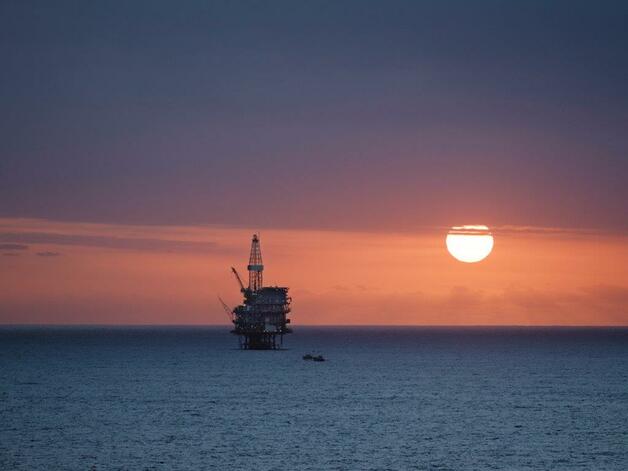The Great Debate
The Great Australian Bight is an area which has been continuously and actively worked by the oil and gas industry since the early 70s. Equinor, a major international energy company, is planning to drill the 14th exploration well in the Great Australian Bight, nearly 400kms offshore from Ceduna and further offshore than any previous well in the Bight.
The reality is that although Australia continues to invest in renewable energy, Australians will continue to rely on oil in the coming decades – and production is dwindling. Today, Australia uses three times more oil than it produces.
It is essential that exploration for oil and gas continues — and it is an advantage to do so in countries like Australia that have strict environmental and safety requirements.
Australia’s National Offshore Petroleum Safety and Environmental Management Authority (NOPSEMA) is responsible for the regulation of safety and environmental management for all exploration licence holders. Drilling will not be authorised unless the regulator has approved stringent environmental plans.
The Great Australian Bight is an area which has been continuously and actively worked by the oil and gas industry since the early 70s. Equinor, a major international energy company, is planning to drill the 14th exploration well in the Great Australian Bight, nearly 400kms offshore from Ceduna and further offshore than any previous well in the Bight.
The reality is that although Australia continues to invest in renewable energy, Australians will continue to rely on oil in the coming decades – and production is dwindling. Today, Australia uses three times more oil than it produces.
It is essential that exploration for oil and gas continues — and it is an advantage to do so in countries like Australia that have strict environmental and safety requirements.
Australia’s National Offshore Petroleum Safety and Environmental Management Authority (NOPSEMA) is responsible for the regulation of safety and environmental management for all exploration licence holders. Drilling will not be authorised unless the regulator has approved stringent environmental plans.
|
It is also important to remember the deep history of this industry. South Australia has always been deeply entwined in Australia’s oil production past. The country’s first drilling to produce oil was in the Coorong area in 1892. In 1959 the first offshore seismic survey was undertaken by GSI for Frome Lakes in the Otway Basin.
Today, more than 59,000 oil and gas wells have been drilled around the world, with more than 3,800 of those in Australia. Australians have been living with and benefiting from oil and gas activity in the North West Shelf and Bass Strait for more than 50 years. In addition, South Australia currently has over 150 oil tankers that sail into Adelaide each year through the Great Australian Bight and the risks associated with shipping and unloading oil are managed on a daily basis. The exploration proposed by Equinor is located in an area where the conditions are similar to those in the North Sea and Norwegian Sea where Equinor has operated safely for decades. |
Tourism and fishing industries have prospered together in Scotland and along Norway’s west coast, as they have done in Victoria and Western Australia’s offshore oil and gas regions. The resources sector recognises the importance of protecting these vital industries in South Australia.
Tolerance for financial risk and the potential consequences are topics faced by every business – from the biggest mining companies to the smallest service providers.
While financial risk tolerances vary, resource companies share a very low tolerance for operational and environmental risk, coupled with high safety standards. Indeed, Australia’s resources sector has some of the highest standards in the world when it comes to safeguarding our natural environment.
The South Australian Chamber of Mines and Energy applauds Equinor’s transparency and dedication to community consultation. The early release of their draft environmental plan to the community prior to finalisation and submission to NOPSEMA sets a new standard in transparency and acknowledges the intense public interest in their proposal.
Image credit: Equinor Brand Identity Collection
Tolerance for financial risk and the potential consequences are topics faced by every business – from the biggest mining companies to the smallest service providers.
While financial risk tolerances vary, resource companies share a very low tolerance for operational and environmental risk, coupled with high safety standards. Indeed, Australia’s resources sector has some of the highest standards in the world when it comes to safeguarding our natural environment.
The South Australian Chamber of Mines and Energy applauds Equinor’s transparency and dedication to community consultation. The early release of their draft environmental plan to the community prior to finalisation and submission to NOPSEMA sets a new standard in transparency and acknowledges the intense public interest in their proposal.
Image credit: Equinor Brand Identity Collection

